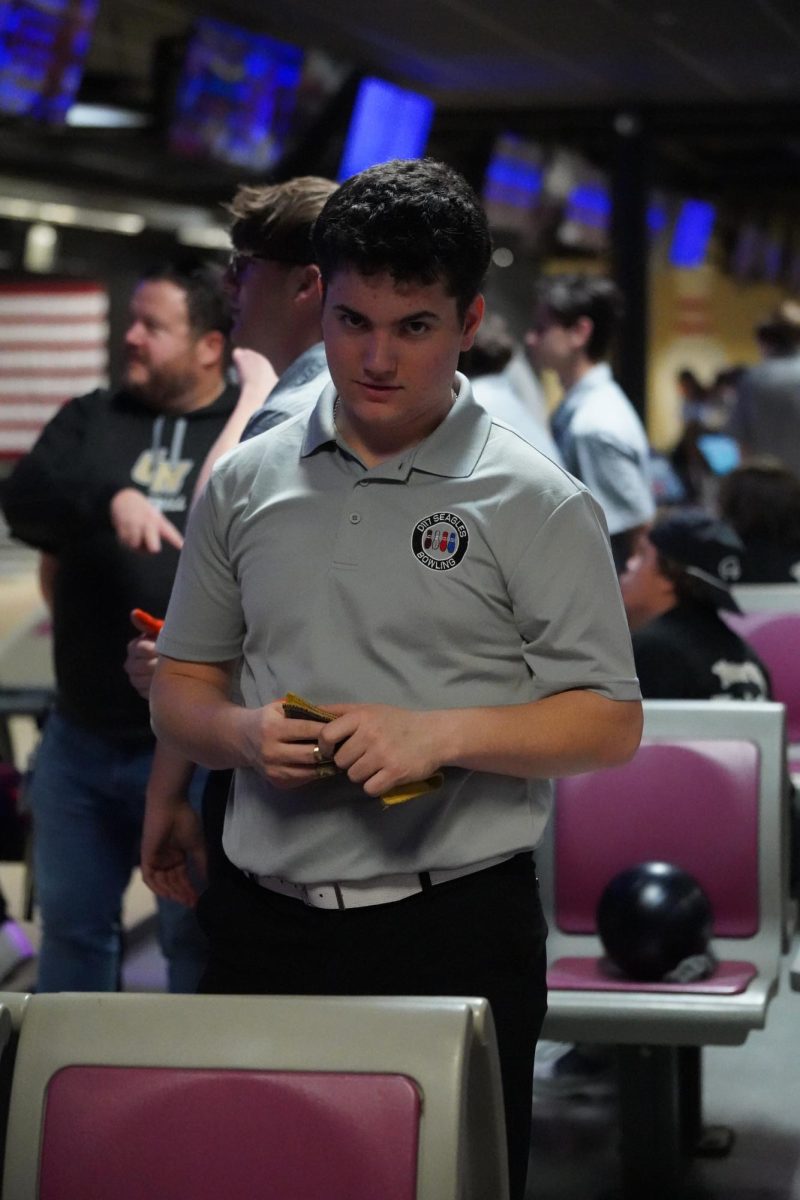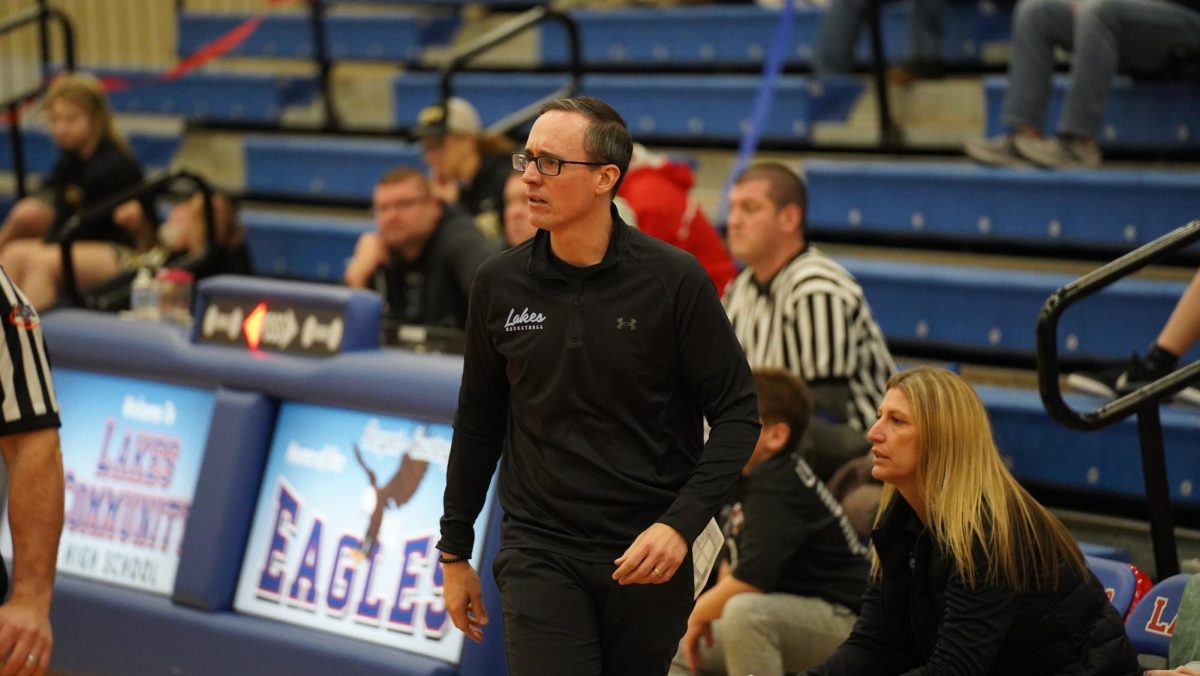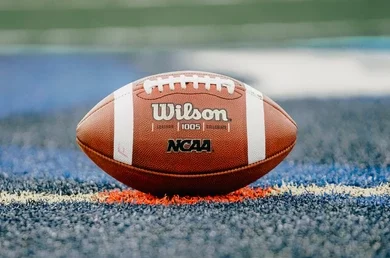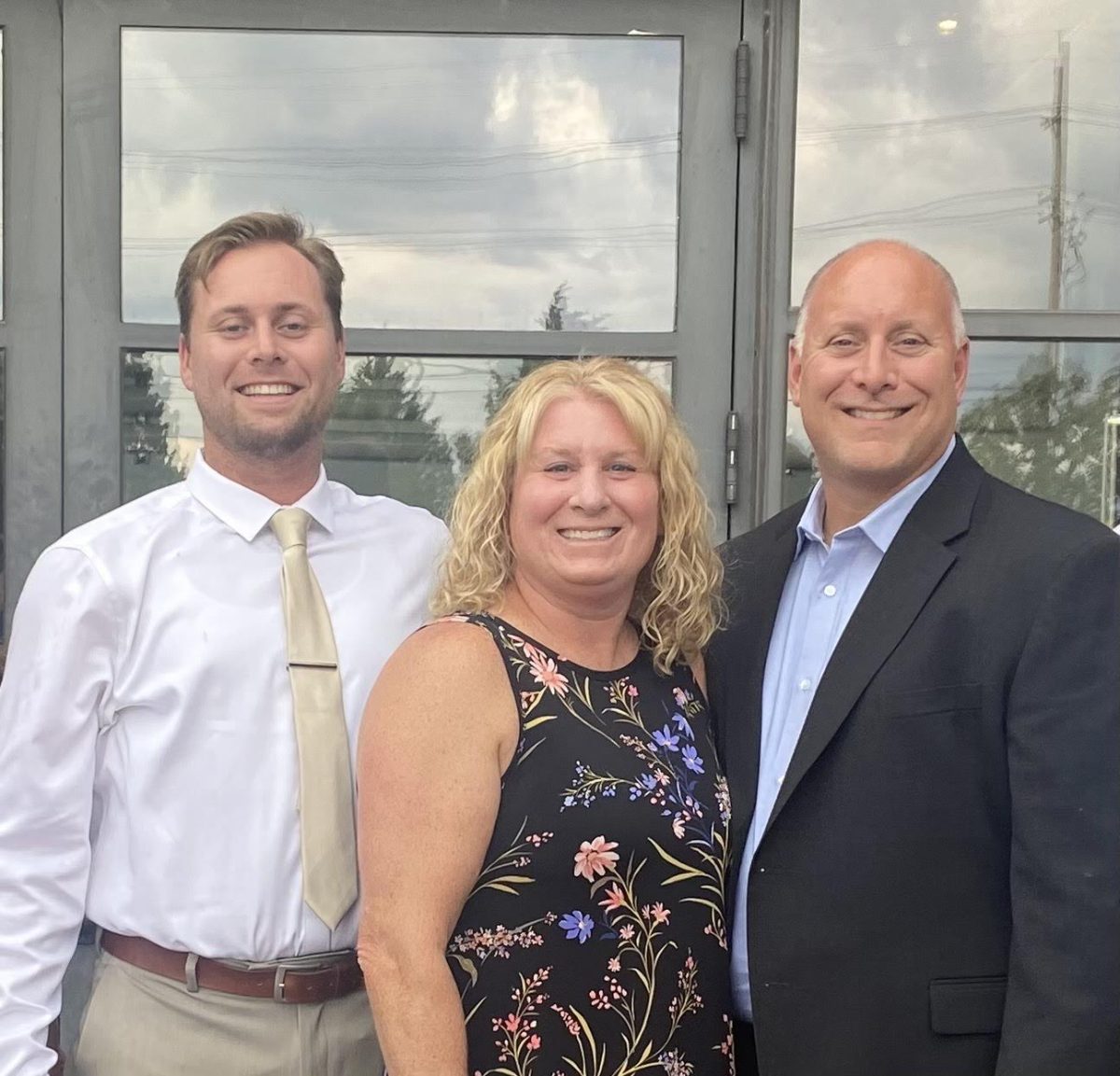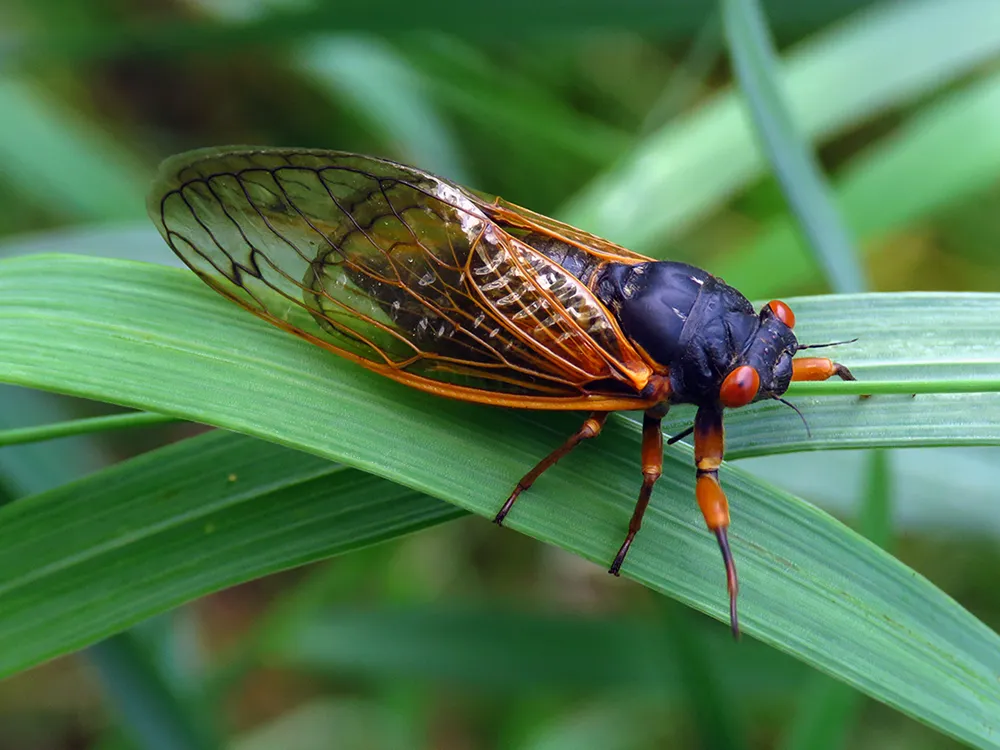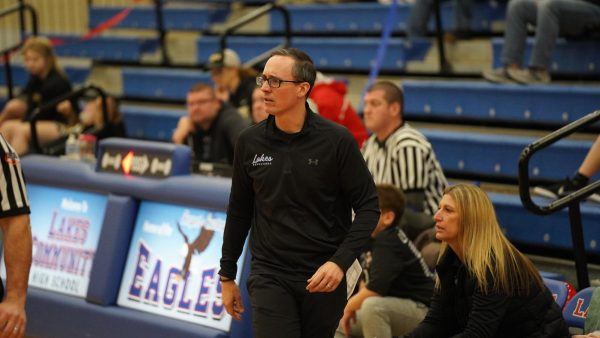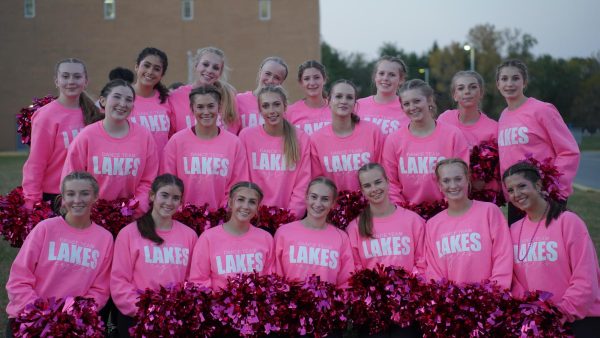Elizabeth Ann The Black-Footed Ferret
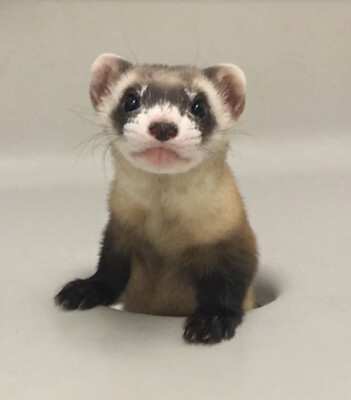
Science and technology have been improving human lives for years, but have also negatively impacted other species. Biodiversity is more important than ever to help stop climate change, and there may just be a way to help reintroduce it.
Elizabeth Ann, a black-footed ferret, is a major step in providing genetic diversity to the dwindling ferret population in the United States. She is the first native endangered species to be cloned in the United States and therefore, is quite a big deal.
According to National Geographic, these ferrets used to be plentiful in the West, (and are America’s only native ferret species) but the population declined when farmers eliminated prairie dogs; their prey. In the 1970s the black-footed ferrets were believed extinct, but a 1981 ranch dog found a small colony in Wyoming that brought hope for the species. The few ferrets left came under the care of the U.S. Fish and Wildlife Service in Colorado’s captive breeding program and were then reintroduced to eight western states. However, Pete Gober, a recovery coordinator for the ferret population, says that the population has only reached 400-500 and they are all closely related genetically.
This is where Elizabeth Ann comes in. She was born December 31, 2020, and is a clone of Willa, a ferret who died in the 1980s with no living descendants. Willa’s “cells have been cryopreserved at the Frozen Zoo, a program of San Diego Zoo Global that has collected samples from some 1,100 rare and endangered species worldwide” reports National Geographic. By breeding this ferret clone and releasing her kids into the ferret population, genetic biodiversity would be delivered to the ferret population. This is crucial to maintaining and growing the population and could possibly help them resist sylvatic plague which is the biggest threat to the ferrets.
Other animals have been cloned including Dolly the Sheep in 1996 and a Przewalski’s Horse in 2020. This shows cloning technology is becoming more relevant and may become an important tool to save animal species. Oliver Ryder, San Diego Zoo’s director of conservation genetics said Elizabeth Ann “also illustrates the importance of preserving the cells of rare and endangered species” reports National Geographic.
As animal populations continue to struggle, cloning may become a valuable process to saving them. Elizabeth Ann is a pretty amazing story about how far science and technology have come and is perhaps a preview of what can be done in the future to save animal species.

